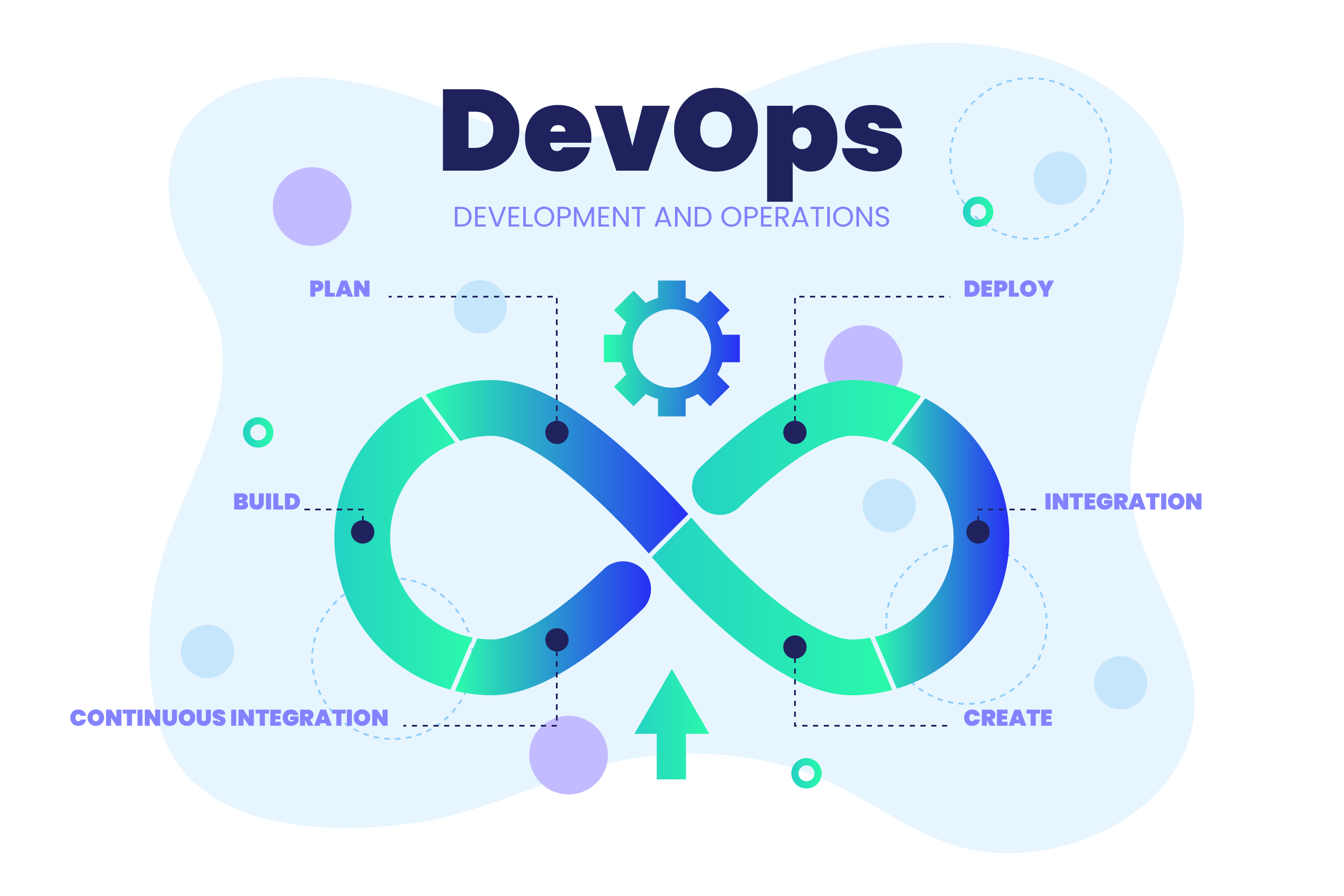In the ever-evolving landscape of DevOps, where seamless integration and continuous delivery are paramount, a new frontier is emerging — one where artificial intelligence (AI) takes center stage. In the book “Engineering DevOps,” authored a few years ago, the “nine pillars of DevOps best practices” were delineated — presenting a holistic framework that encapsulates the essence of DevOps principles. We’re witnessing the transformative power of AI as it intertwines with each of these pillars, promising to reshape the efficiency, reliability, and speed of the software delivery pipeline.
AI, the Catalyst of Change
The current generation of AI-engineered tools stands as a beacon of change, promising to propel DevOps practices to unprecedented heights. The core promise lies in automating repetitive tasks, enhancing decision-making with predictive insights, and proactively resolving issues. By doing so, AI becomes the driving force behind elevated quality, security, and performance throughout the software development life cycle. The dynamic learning capabilities of AI pave the way for continuous improvement, instilling a data-driven, learning-oriented culture within the realms of DevOps.
AI Applications for the Nine Pillars of DevOps
Let’s delve into how the current crop of AI-engineered tools, particularly large language model (LLM) tools, is either applied or holds the potential to enhance each of the nine pillars of DevOps.
Leadership Practices: Leadership in DevOps extends beyond traditional boundaries, steering cultural change and fostering innovation. AI steps in as a strategic advisor, analyzing vast datasets to identify trends and predict outcomes, providing invaluable insights for informed decision-making.
Collaborative Culture Practices: Breaking silos and fostering effective communication lies at the heart of DevOps culture. AI-powered tools facilitate collaboration by offering smart recommendations, thereby enhancing communication and knowledge sharing.
Design-for-DevOps Practices: In the early stages of design, AI contributes by suggesting improvements in code quality and identifying potential performance issues, aligning software design with DevOps principles.
Continuous Integration Practices: AI analyzes patterns in past build failures to predict potential issues with new builds, enabling proactive error mitigation and reducing integration issues.
Continuous Testing Practices: AI automates the generation and optimization of test cases, speeding up the testing process and improving the quality of software through instant feedback on business risks.
Elastic Infrastructure Practices: AI assists in managing cloud resources by predicting future needs based on usage trends, optimizing cost and performance for elastic infrastructure.
Continuous Delivery Practices: Predicting the potential impact of new releases, AI aids decision-making related to deployment, making releases less disruptive and more frequent.
Continuous Security Practices: In the realm of DevSecOps, AI aids in anomaly detection, identifying potential security threats and automating security policy enforcement.
Continuous Monitoring Practices: AI analyzes logs and metrics to predict potential system failures or performance degradation, enabling proactive maintenance and issue resolution.
Challenges on the Horizon
While the marriage of AI and DevOps promises revolutionary outcomes, certain challenges need careful consideration.
Data Quality and Availability: The effectiveness of AI hinges on accurate, complete, and unbiased data. Regular data audits are crucial to maintaining data integrity.
Over-Reliance on Automation: Striking a balance between automation and human oversight is essential to avoid overlooked errors or system failures.
Security and Privacy Concerns: As AI becomes integrated into the DevOps pipeline, robust security practices and regular audits are imperative to mitigate security threats and address privacy concerns.
Black Box Problem: The opacity of certain AI models poses challenges in troubleshooting. Utilizing explainable AI (XAI) techniques can enhance transparency into decision-making processes.
Skills Gap: Bridging the expertise gap in both AI and DevOps is vital. Investment in training, upskilling, and knowledge sharing can help address this challenge.
The synergy of AI and the nine pillars of DevOps heralds a new era of efficiency, speed, and predictive decision-making. However, the implementation of AI in DevOps necessitates proactive strategies to address challenges such as ensuring data quality, maintaining a balance between automation and human intervention, addressing security and privacy concerns, managing the “black box” problem of AI, and overcoming skills gaps. As we navigate this transformative journey, the promise of AI in revolutionizing DevOps remains unparalleled.





